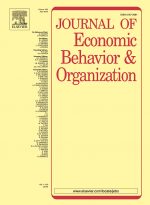Miettinen, T., Kosfeld, M., Fehr, E., & Weibull, J. W., 2020,
Journal of Economic Behavior & Organization, 173, 1–25
Abstract:
We experimentally investigate behavior and beliefs in a sequential prisoner’s dilemma. Each subject had to choose an action as first mover and a conditional action as second mover. All subjects also had to state their beliefs about others’ second-mover choices. Using these elicited beliefs, we apply the transparent Selten–Krischker approach to compare the explanatory power of a few current models of social and moral preferences. We find clear differences in explanatory power between the preference models, both without and with control for the number of free parameters. The best-performing models explain about 80% of the observed behavior. We compare our results with those obtained from a conventional maximum-likelihood approach, and find that the results by and large agree. We also present a structural model of belief formation. We find a consensus bias – whereby subjects believe others behave like themselves – and payoff-salience driven optimism – whereby subjects overestimate the probabilities for favorable outcomes.
We experimentally investigate behavior and beliefs in a sequential prisoner’s dilemma. Each subject had to choose an action as first mover and a conditional action as second mover. All subjects also had to state their beliefs about others’ second-mover choices. Using these elicited beliefs, we apply the transparent Selten–Krischker approach to compare the explanatory power of a few current models of social and moral preferences. We find clear differences in explanatory power between the preference models, both without and with control for the number of free parameters. The best-performing models explain about 80% of the observed behavior. We compare our results with those obtained from a conventional maximum-likelihood approach, and find that the results by and large agree. We also present a structural model of belief formation. We find a consensus bias – whereby subjects believe others behave like themselves – and payoff-salience driven optimism – whereby subjects overestimate the probabilities for favorable outcomes.


